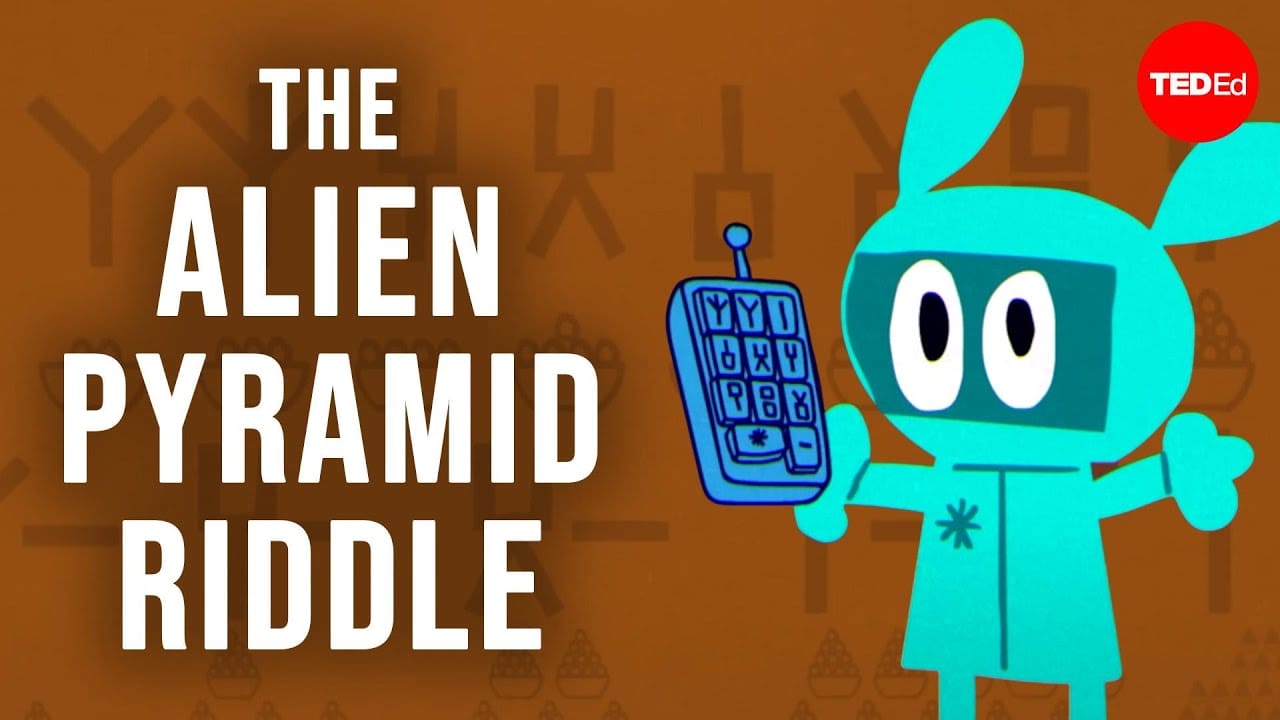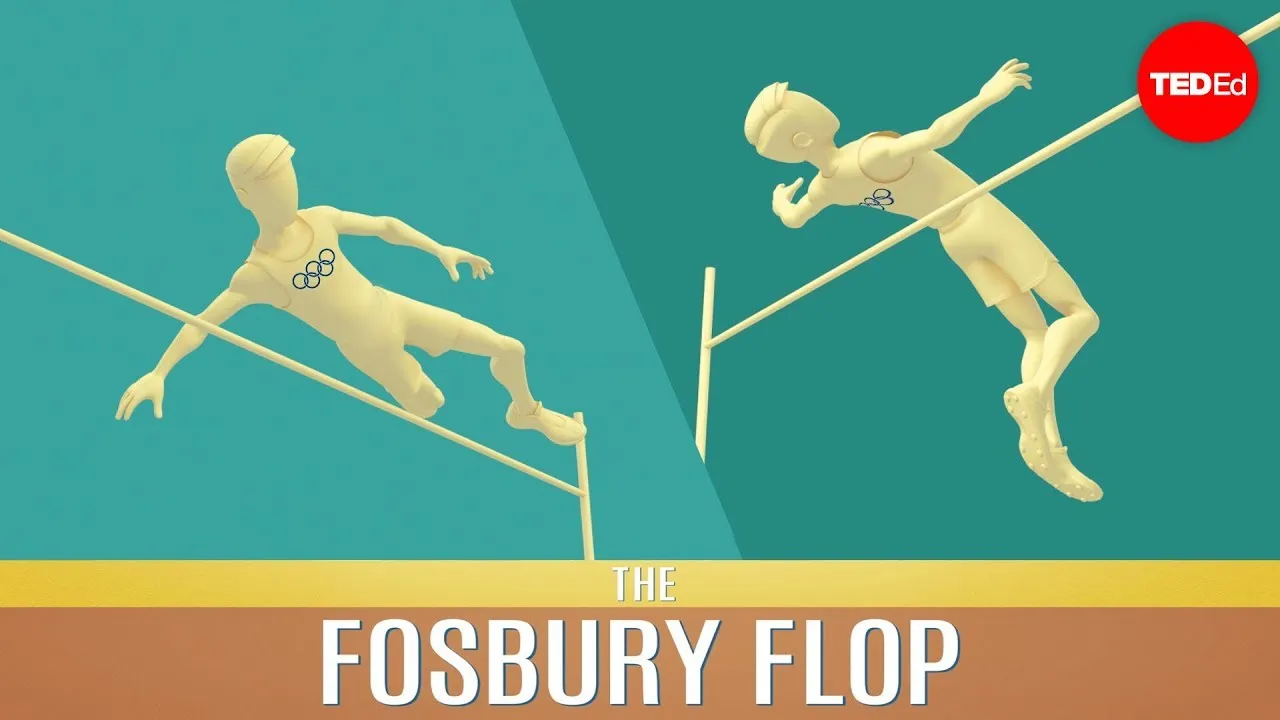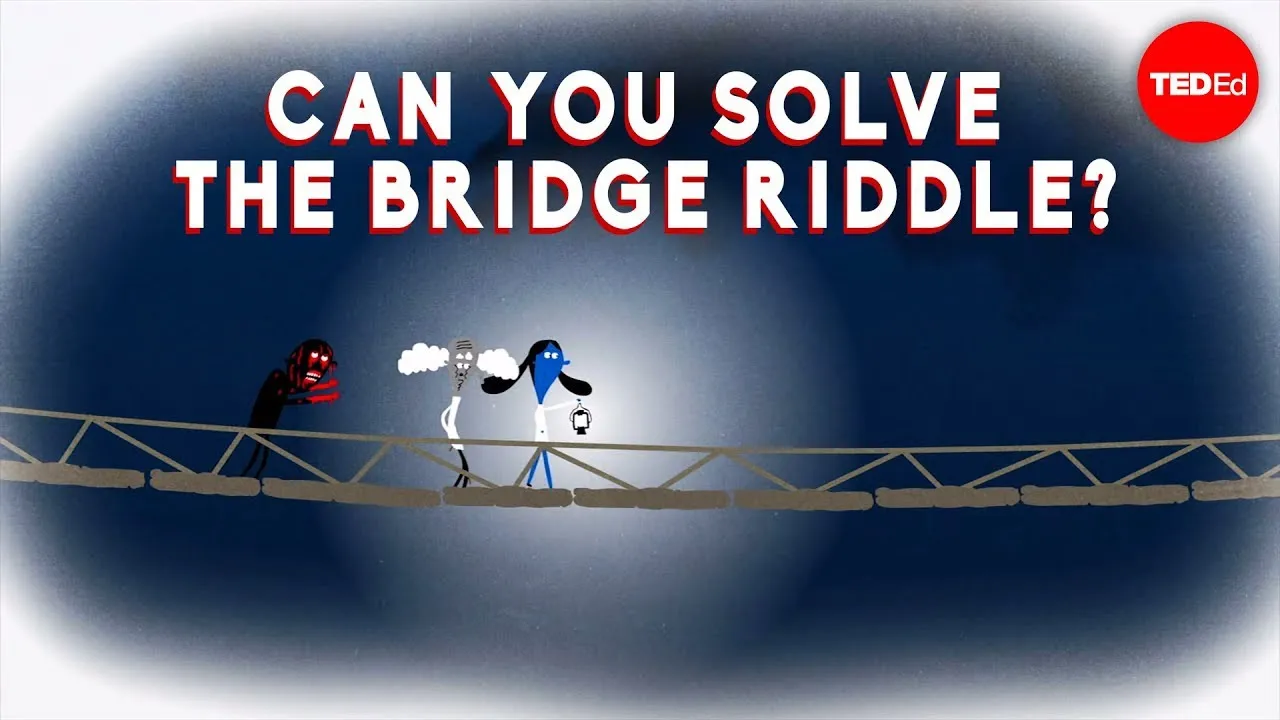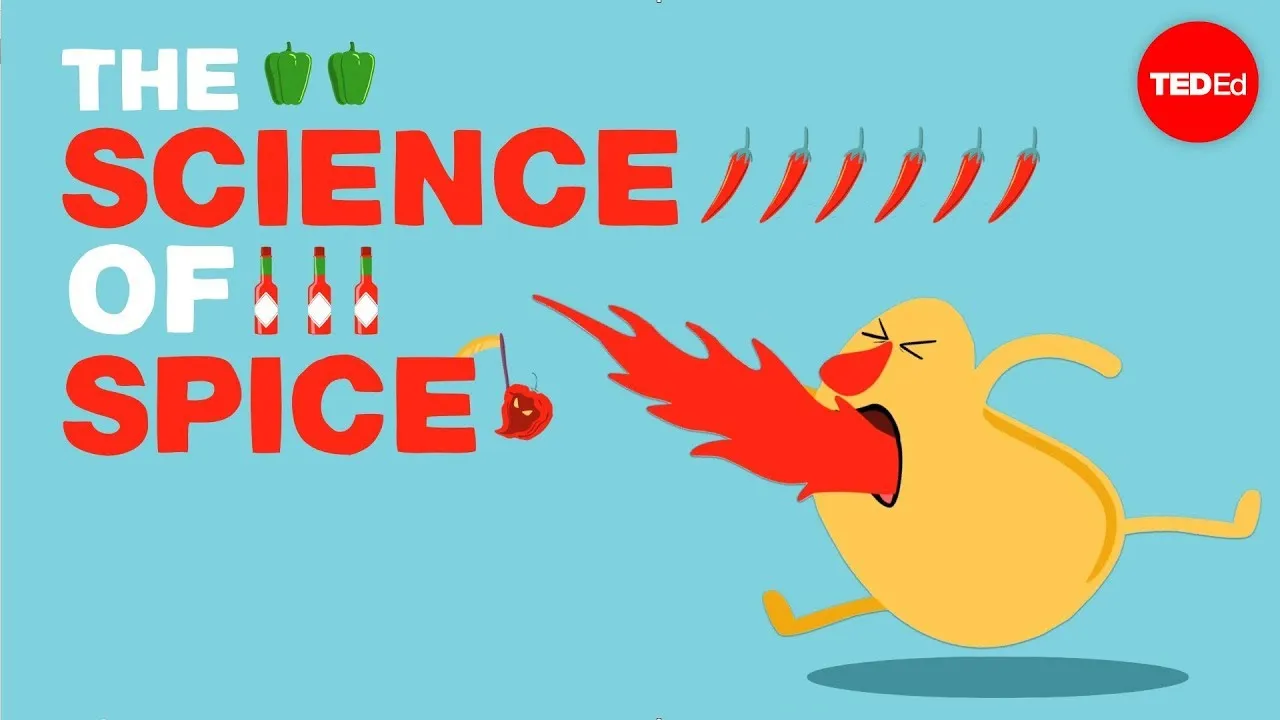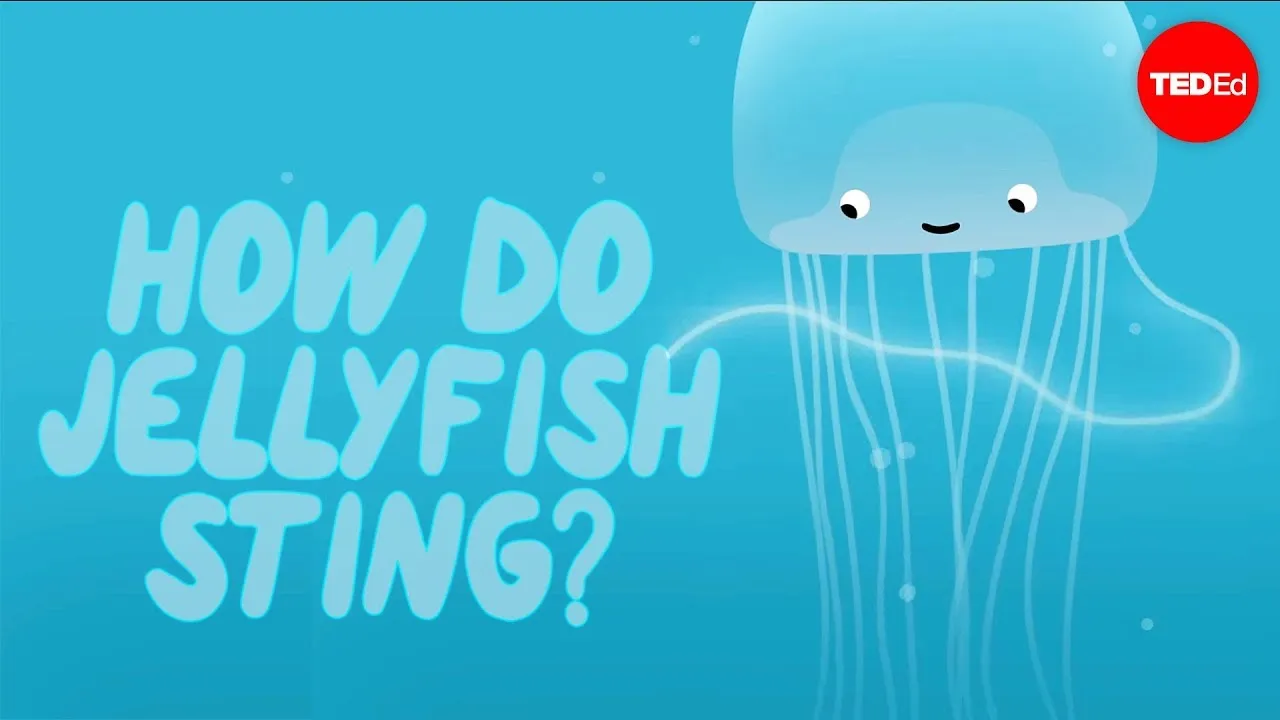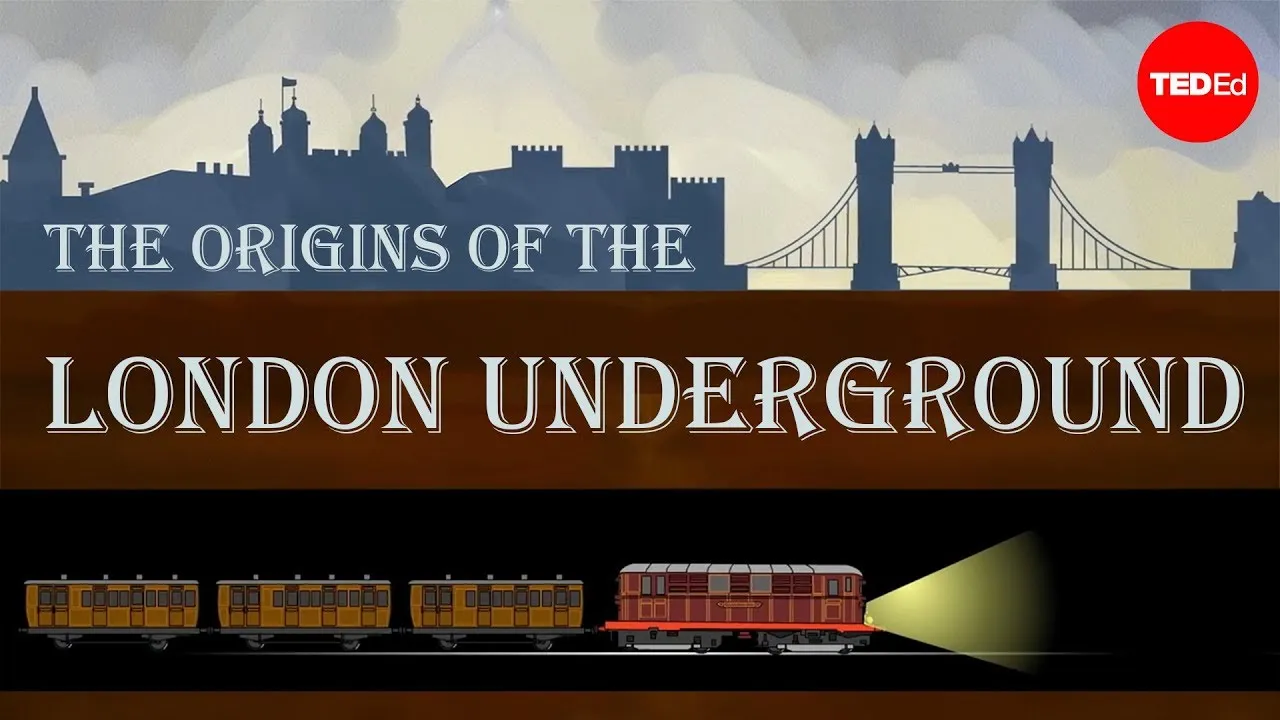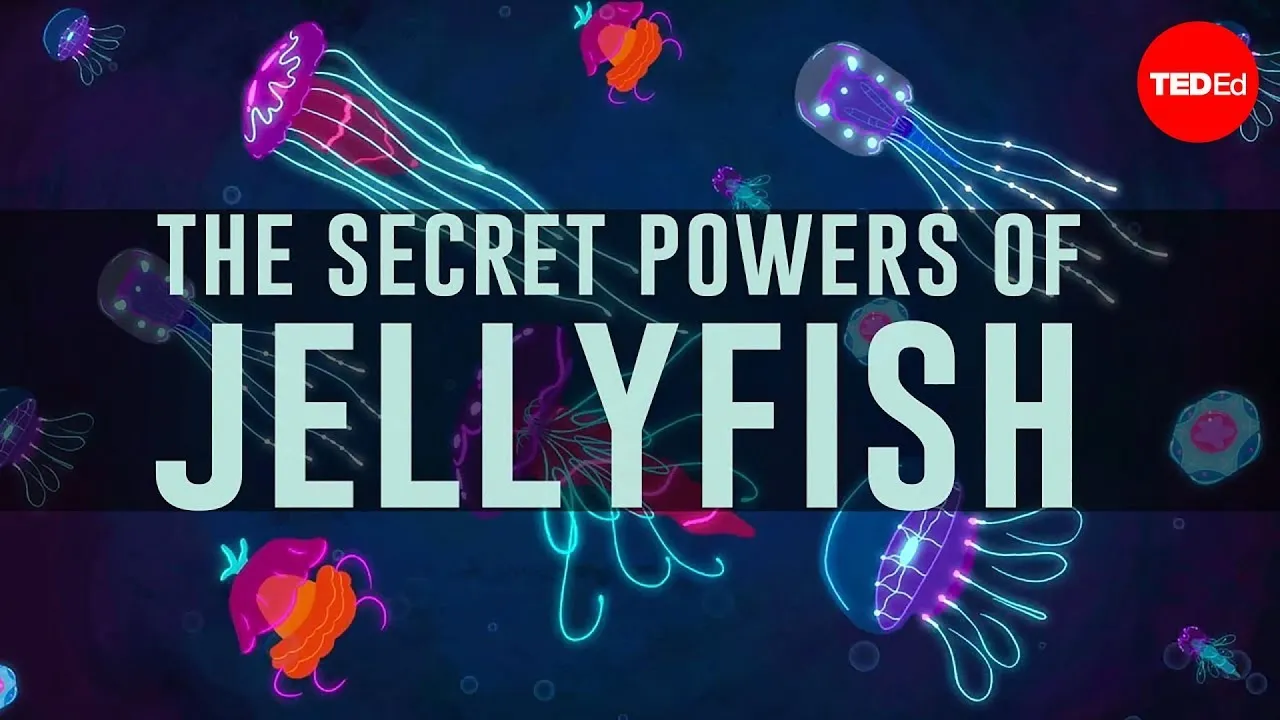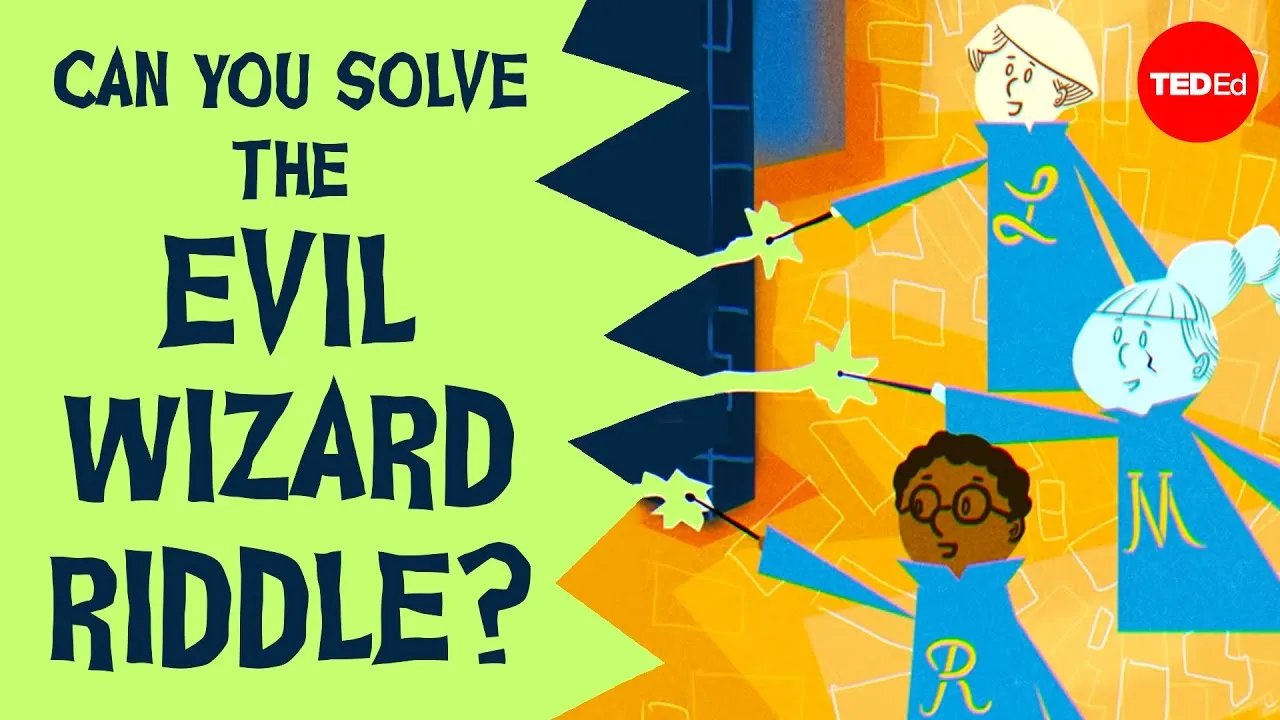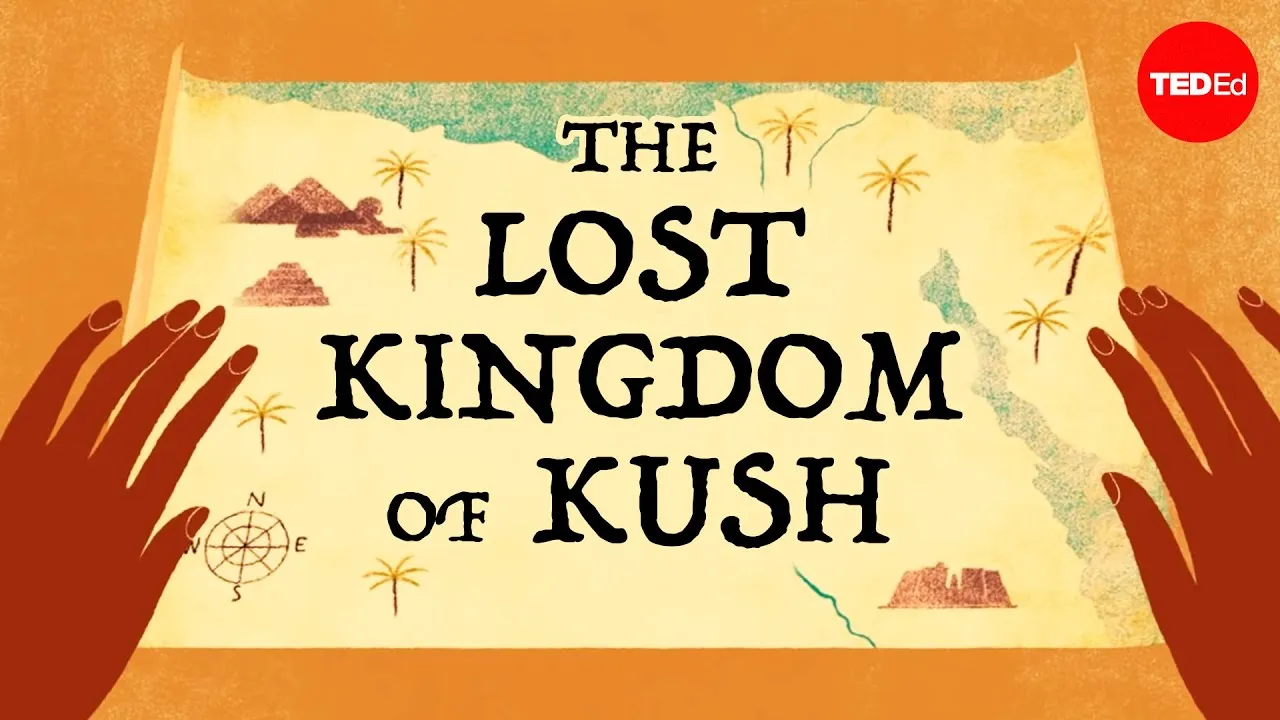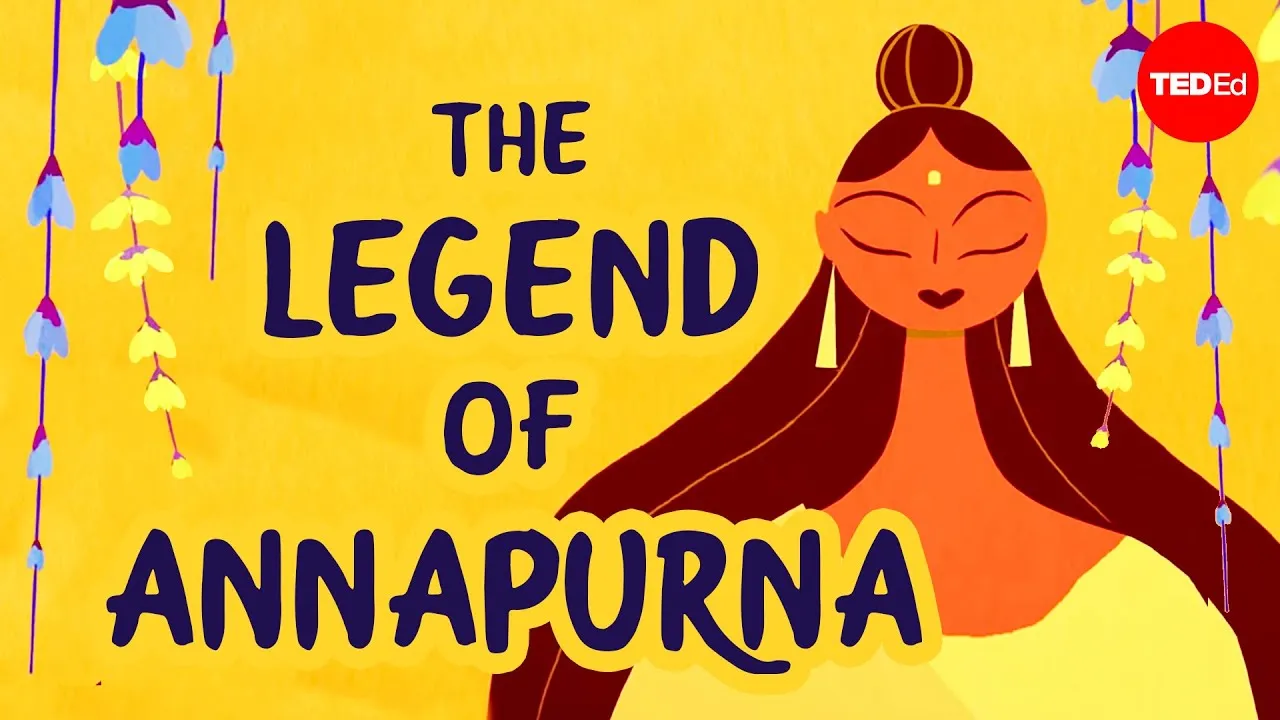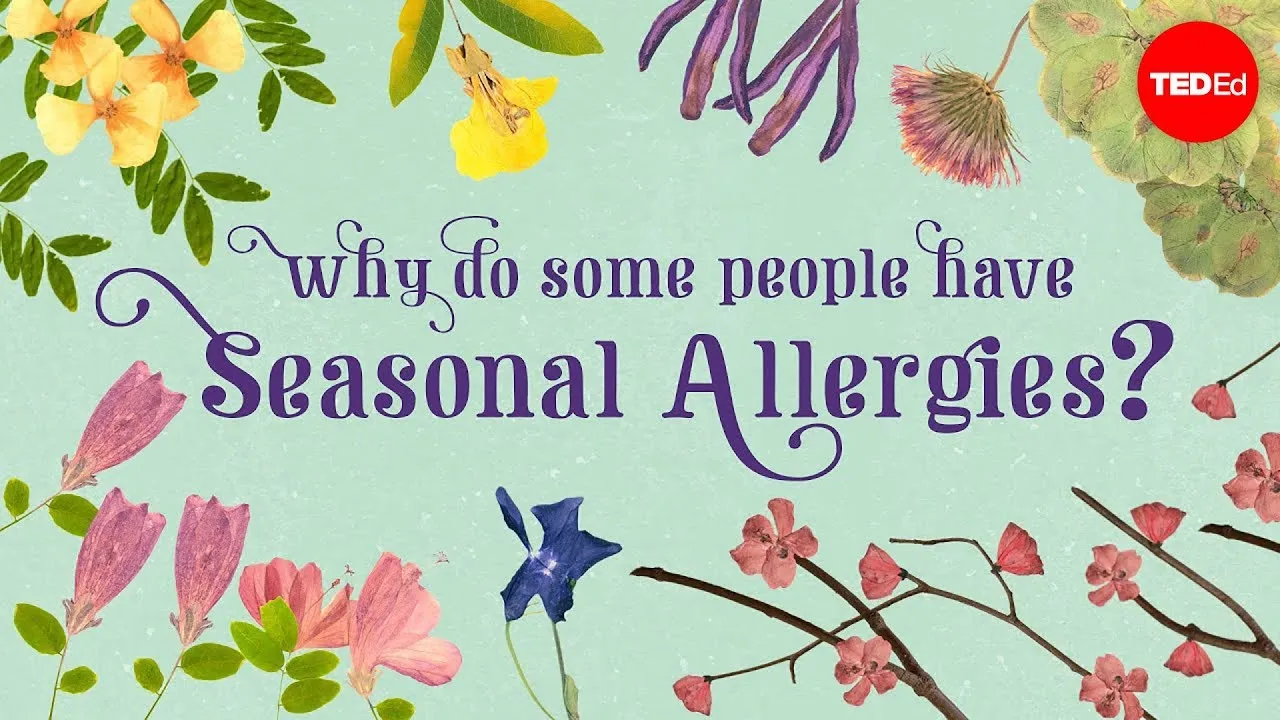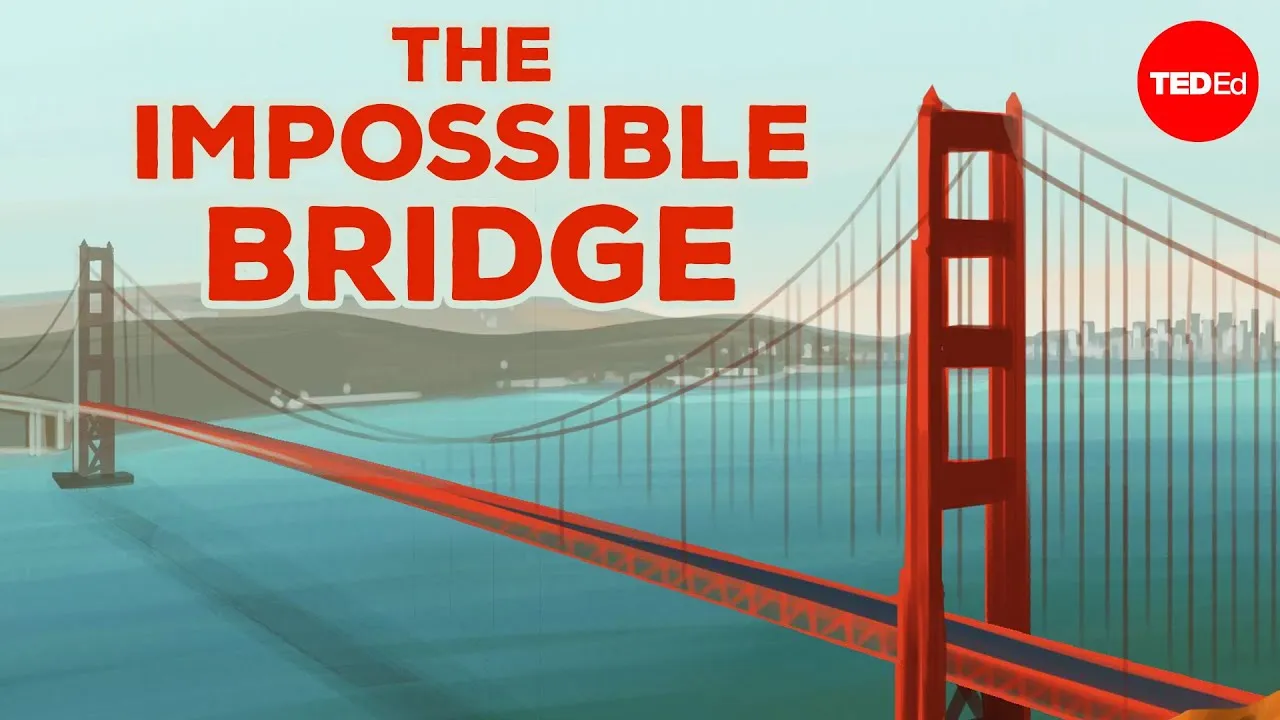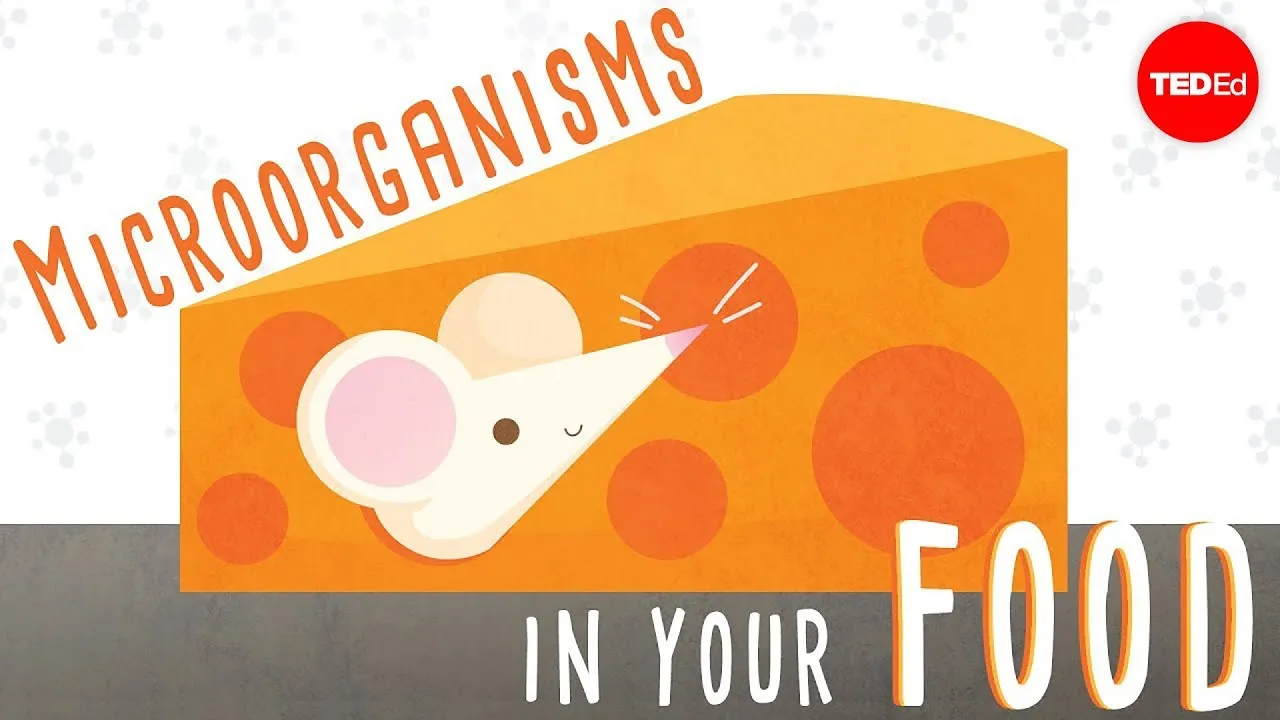Grade 7 Video Lessons
Take your learning to the next level with our AI-guided video lessons, tailored for Grade 7 students! We've selected the best YouTube videos to make learning both challenging and enjoyable.
The Sahara Desert receives an abundance of solar energy, raising the possibility of covering it with solar panels to solve global energy problems. However, there are limitations to solar panel efficiency and challenges associated with large-scale solar farms, such as heat absorption and environmental impact. Alternative solutions, such as concentrated solar power plants using giant mirrors, are being explored. Additionally, solar energy can exist on smaller scales, providing a passive source of energy for individual buildings and rural communities.
Jellyfish populations have been increasing rapidly in oceans around the world, posing a threat to marine ecosystems. Sea turtles, particularly leatherback turtles, are natural predators of jellyfish and play a crucial role in keeping their populations under control. However, sea turtles are also under threat from human activities such as fishing practices, and protecting them is essential in maintaining a balance in the ocean ecosystem.
The article discusses the importance of stretching for athletes to prevent injuries such as muscle strains and tears. It explains the different types of stretching and how muscles change under the stress of being stretched. The benefits of stretching include improved flexibility and a better range of motion, but it is important to maintain a regular stretching regimen to see long-term improvements.
A year ago, scientists discovered an underground city on Mars, providing evidence of intelligent alien life. However, they lost contact with Earth and are now facing a water shortage. They have uncovered clues in the city's pyramids about how the ancient civilization survived, including a lever that could bring water back to the surface, but the location of the lever remains a mystery. The scientists now face the decision of whether or not to pull the lever and potentially save their lives.
The article discusses the revolutionary high jump technique known as the Fosbury Flop, developed by athlete Dick Fosbury in the 1960s. Struggling with traditional methods, Fosbury innovated by jumping backwards, which allowed him to achieve remarkable heights and ultimately win a gold medal at the 1968 Olympics. His technique, based on the physics of center of mass, transformed high jumping and has since become the standard approach in the sport.
In "Escaping the Mutant Zombies: A Race Against Time," an internship at a remote mountain laboratory turns into a life-or-death situation when a lever marked with a skull unleashes a horde of mutant zombies. With only 17 minutes to escape across a precarious rope bridge, the protagonist and their companions— the janitor, lab assistant, and old professor—must strategize their crossing to ensure everyone makes it to safety before the zombies arrive. Through careful planning and teamwork, they successfully navigate the challenges of the bridge and escape just in time, highlighting the importance of collaboration in crisis situations.
The article explores the science behind the sensation of spiciness, explaining that it is not a taste but a response triggered by compounds like capsaicin that activate sensory neurons, leading to feelings of heat and discomfort. It discusses how different spicy compounds affect the body in various ways, the Scoville scale for measuring spiciness, and the reasons people consume spicy foods despite the pain, suggesting that some derive pleasure from the experience akin to an adrenaline rush. Ultimately, the article highlights the complex interplay between our senses and spicy foods, making it a captivating topic for culinary enthusiasts.
The article explores the fascinating biology and ecological significance of jellyfish, highlighting their unique anatomy, which is composed of 95% water and equipped with venomous stinging cells called cnidocytes. It details the mechanics of their sting, the potential dangers posed by certain species, and their role in the marine ecosystem, while also mentioning the potential for medical advancements through the study of jellyfish stings. Overall, it emphasizes the need for caution around these beautiful yet formidable creatures.
The lesson explores the groundbreaking development of London's Underground, which opened on January 10, 1863, as the world's first subway system. Spearheaded by visionary Charles Pearson, the Metropolitan Railway was created to alleviate severe road congestion in the bustling city, despite initial skepticism and significant construction challenges. Its success not only transformed urban transportation in London but also inspired the establishment of subway systems in cities around the globe, marking a pivotal moment in public transit history.
The lesson explores the captivating biology and survival strategies of jellyfish, highlighting their unique anatomy, including their gelatinous structure and rudimentary nervous system. It discusses their potent stings, which serve both predatory and defensive purposes, and their significant contributions to scientific advancements, particularly through the use of green fluorescent protein. Additionally, the lesson emphasizes the remarkable resilience of jellyfish, which have thrived for millions of years and possess the ability to revert to an earlier life stage, showcasing their evolutionary success in changing ocean environments.
In the lesson "Trapping the Evil Wizard: A Strategic Chessboard Puzzle," you must strategically select four distinct positive whole numbers to keep the wizard MoldeVort confined on a 5x5 chessboard until your friends arrive. By understanding the chessboard's symmetry and utilizing diagonal moves, the optimal combination of numbers—1, 3, 4, and 5—ensures that MoldeVort remains trapped, preventing his escape while navigating the board's perilous spaces. This puzzle emphasizes critical thinking and strategic planning in a constrained environment.
The lesson explores the rise and fall of the ancient Kush civilization, which thrived along the Nile River in what is now northern Sudan. Initially influenced by Egypt, Kush experienced a period of prosperity and expansion under leaders like King Piankhy, who conquered Egypt, but faced challenges from the Assyrians and later the Aksumites, leading to its decline. Despite its significant contributions to history, Kush's legacy has often been overshadowed by Egypt, leaving much of its culture and achievements underexplored.
The lesson of "The Divine Balance: The Story of Shiva and Parvati" illustrates the essential partnership between Shiva, the destroyer, and Parvati, the nurturer, highlighting the importance of balance between spiritual detachment and earthly engagement. When Parvati withdraws her energy, the world suffers, demonstrating that material existence is vital and should not be dismissed as mere illusion. Ultimately, through the avatar of Annapurna, Parvati reaffirms the significance of sustenance and connection, teaching that both spiritual and material realms are crucial for the well-being of the universe.
The lesson "Chemical Reactions: A Dance of Molecules" explores the dynamic interactions between molecules, illustrating how they can collide, transform, and exchange parts during chemical reactions. It emphasizes that these reactions require specific conditions, such as proper orientation and sufficient energy, and can be reversible, leading to a state of equilibrium where the rates of forward and reverse reactions balance out. The concept of equilibrium is not only applicable in chemistry but also in various systems, highlighting the continuous activity underlying seemingly stable states.
This lesson explores the science behind seasonal allergies, particularly hay fever, which is triggered by the immune system's overreaction to harmless substances like pollen. It discusses the genetic and environmental factors contributing to the development of allergies, common triggers, and effective management strategies, including medications and immunotherapy. Understanding these elements can help individuals better cope with allergy symptoms and improve their quality of life during allergy season.
The lesson outlines the remarkable journey of constructing the Golden Gate Bridge in the mid-1930s, highlighting the engineering challenges faced by Charles Ellis and Joseph Strauss, including initial opposition from various stakeholders and the harsh environmental conditions of the Golden Gate Strait. Innovative solutions, such as the adoption of a suspension bridge design and advancements in steel manufacturing, enabled the project to progress despite significant construction challenges, including underwater foundations and safety concerns. Ultimately, the bridge's iconic "international orange" color was chosen to harmonize with its natural surroundings, solidifying its status as a symbol of human ingenuity and resilience.
The lesson explores the vital role of microorganisms, particularly yeast and bacteria, in food fermentation, which shapes the textures and flavors of various culinary staples like bread, wine, and cheese. Yeast ferments sugars to produce carbon dioxide and alcohol, contributing to the airy texture of bread and the alcohol content in wine, while bacteria enhance flavors and textures in cheese and vinegar production. By understanding these microbial processes, we gain a deeper appreciation for the science behind our favorite foods.
The lesson explores the fascinating world of medieval illuminated manuscripts, highlighting the whimsical and often bizarre illustrations found in their margins, which serve as secondary narratives to the texts they accompany. These images, rich in symbolism and personal stories, reflect the cultural, religious, and political contexts of the time, revealing insights into the artists' intentions and societal commentary. Ultimately, illuminated manuscripts represent a unique blend of artistry and storytelling that has endured for over a millennium.
The lesson "The Universe: A Journey from the Minuscule to the Massive" explores the vast spectrum of sizes in the universe, positioning humans at a unique midpoint between the microscopic and the cosmic. By comparing various entities—from tiny bacteria and cells to massive planets and the observable universe—it highlights the intricate balance of scales and our relative place within this complexity. Ultimately, it encourages reflection on our position in the universe while promoting informed decision-making through high-impact giving.
The lesson emphasizes the critical role of vaccines in disease prevention, highlighting their ability to safely stimulate the immune system to create memory cells without causing illness. While concerns about vaccine safety persist, the lesson underscores that the benefits of vaccination far outweigh the risks, particularly when compared to the severe consequences of the diseases they prevent. Additionally, it stresses the importance of herd immunity in protecting vulnerable populations and calls for a fact-based understanding to combat misinformation surrounding vaccines.
The lesson on "Understanding Adaptation in Nature" explores how living organisms change over time to better fit their environments, highlighting key concepts such as adaptation, speciation, co-adaptation, and mimicry. Through examples like the English peppered moth and the symbiotic relationship between flowers and hummingbirds, the lesson illustrates the various strategies organisms use to survive and thrive in changing conditions. Ultimately, it emphasizes the intricate relationships in nature and the importance of adaptation in the survival of species.
In this lesson, we explored how various organs in the human body grow as a person develops. Most organs, including the heart, lungs, liver, and brain, grow until the late teens or early twenties, while some, like the ears and nose, continue to grow slightly throughout life. Additionally, the lesson debunked the myth that eyes do not grow, explaining that they do increase in size until around age 13.
This lesson teaches how to write a descriptive essay by emphasizing the importance of choosing a meaningful topic and engaging the five senses to create vivid imagery for the reader. It outlines the structure of a well-organized essay, including a captivating introduction, detailed body paragraphs, and a strong conclusion, while also providing additional tips for using vivid language and creativity. By applying these techniques, writers can craft engaging and memorable descriptive essays.
The lesson "How To Be Fearless" provides practical strategies for overcoming fears and building confidence. Key approaches include gradually facing fears, practicing mindfulness and self-compassion, and surrounding oneself with supportive individuals. Additionally, setting small goals, learning from mistakes, and celebrating achievements are emphasized as essential steps toward becoming more fearless and self-assured.



